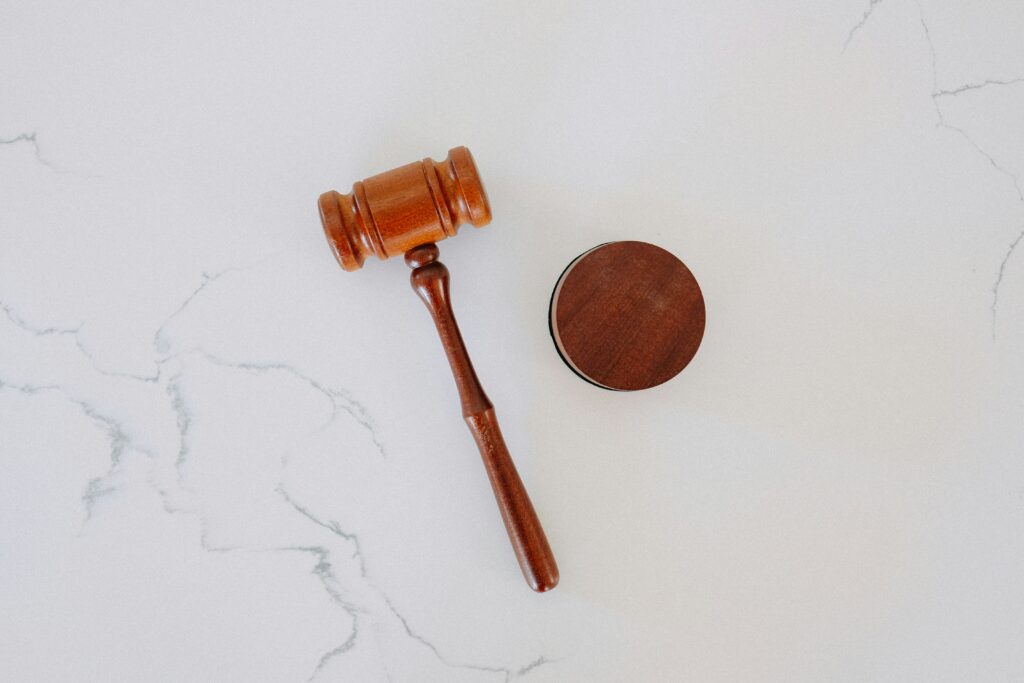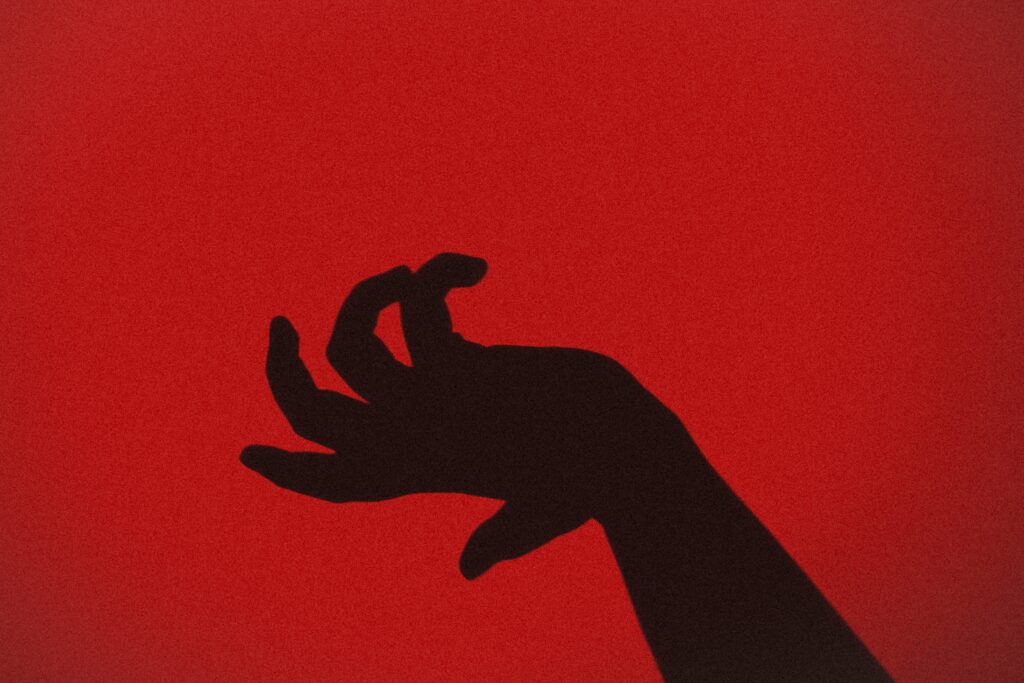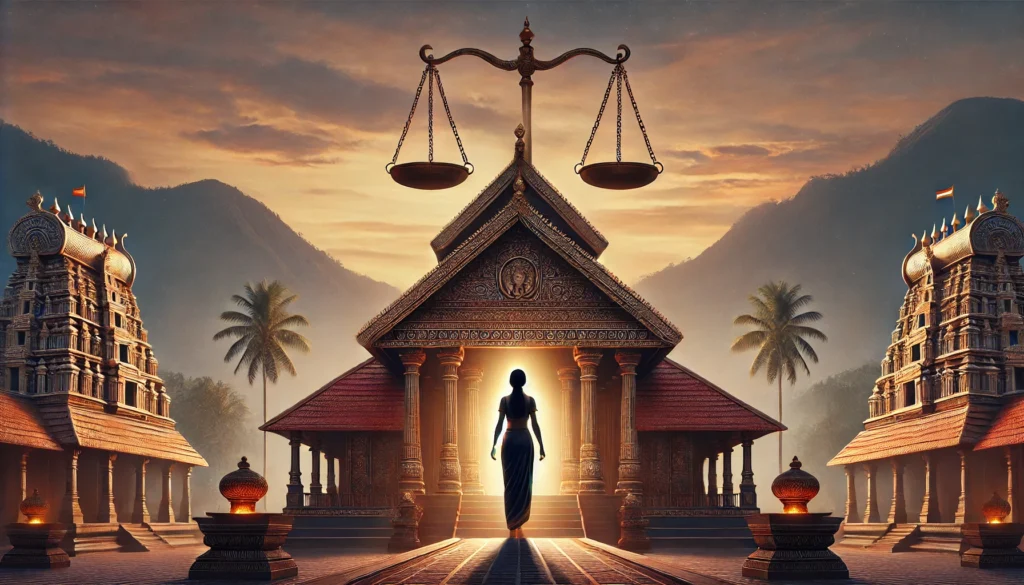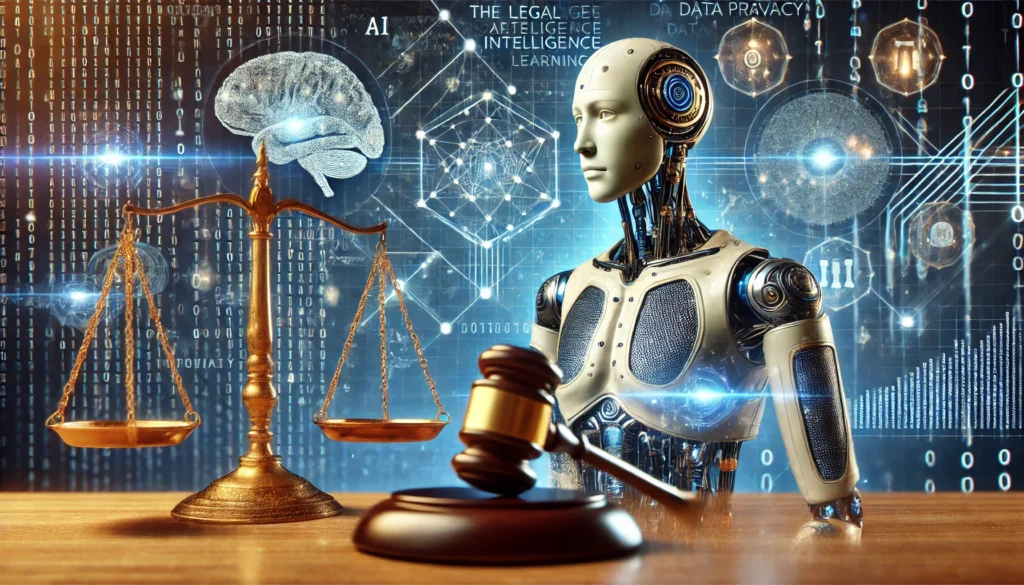Published On: 22nd June, 2024
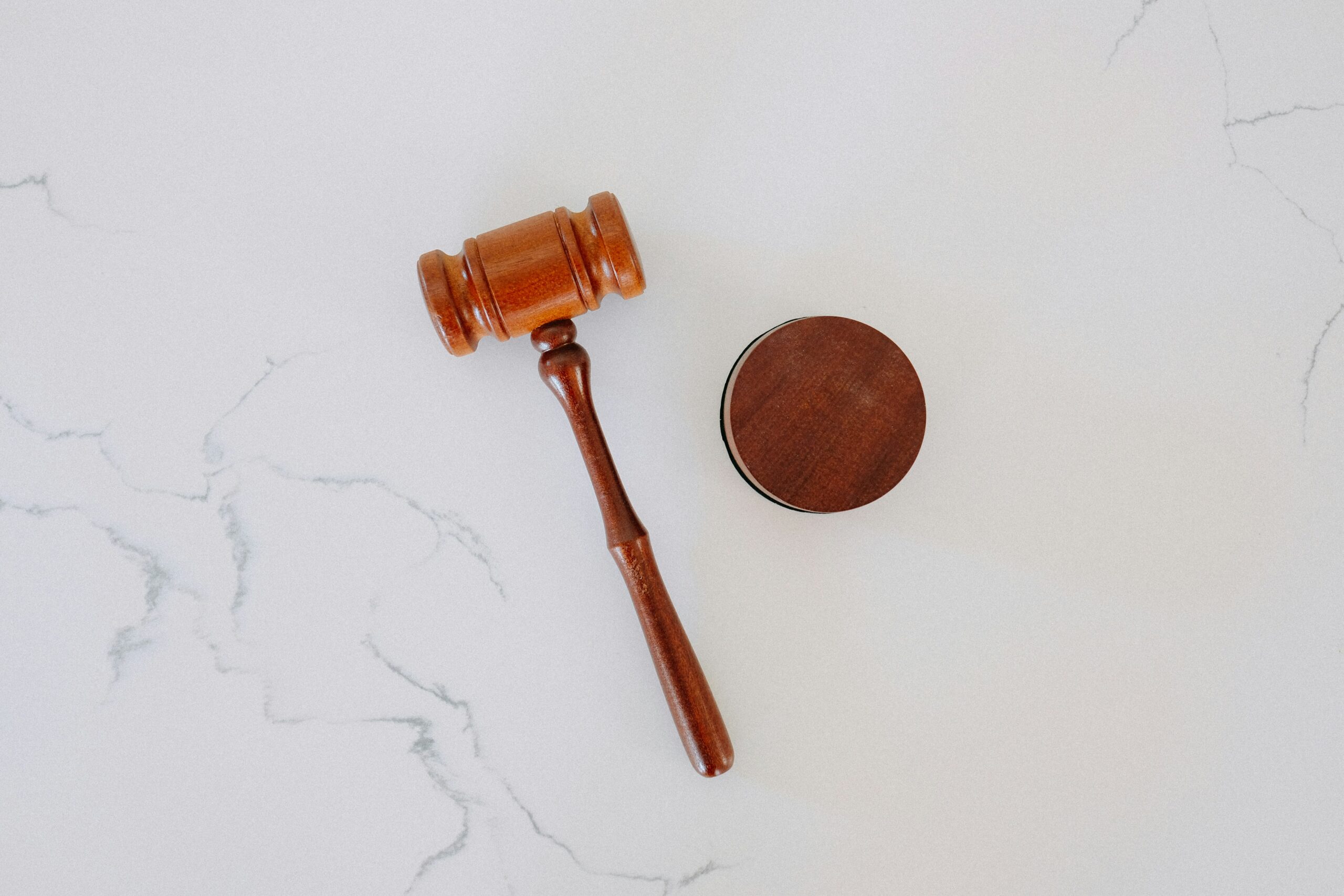
Authored By: Shreya Sharma
ABSTRACT
Decriminalization is strongly supported by India’s extensive use of cannabis products, its cultural past, current debate, and international examples. Since 1985, when the Narcotic Drugs and Psychotropic Substances (NDPS) Act[1] was passed and the United Nations Single Convention on Narcotic Drugs, 1961, went into effect, consuming cannabis (also known as ganja) and its resin (also known as charas) has been illegal in India.
The subject of whether cannabis usage should be decriminalized has gained prominence once again in light of the growing media scrutiny and public attention around celebrities who were arrested and detained due to alleged cannabis use. Many people who are worried about drug addiction in India were drawn to a news article that surfaced on some media sites in 2021. According to these media reports, the Indian government was considering decriminalizing the personal use of illegal narcotics by amending the Narcotic Narcotics and Psychotropic Substances (NDPS) Act (1985). It is indeed time to consider whether the NDPS Act’s provisions, which make the use of some psychoactive substances illegal, are still necessary thirty years after the law’s passage—a word that many experts have dubbed “draconian.” Has drug use decreased as a result of this law?
INTRODUCTION
Interestingly, in 2020, the United Nations Commission on Narcotic Narcotics resolved to remove cannabis from Schedule IV of the 1961 Single Convention, which classified marijuana as one of the most dangerous narcotics and led to its criminalization in India.
The overwhelming decision to reclassify cannabis made it possible for its therapeutic and medical benefits to be acknowledged on a global scale. Nevertheless, unless a modification to the NDPS Act is implemented, the vote has no bearing on domestic laws. The decriminalization of marijuana has long been a contentious issue. The article’s goal is to outline the standard defences and objections to marijuana legalization in the nation. There are other options besides legalization or prohibition, like a sin tax and educational initiatives. The debate about legalizing cannabis has gained traction in Indian society as attitudes regarding marijuana shift globally. Proponents assert that legalization might help the economy significantly, lighten the pressure on the criminal justice system, and perhaps even have favourable effects on health. Opponents, however, are concerned about the consequences for culture, public health, and the rise of drug abuse. We can gain a comprehensive understanding of the complex issues surrounding the legalization of marijuana. In order to fulfill the State’s commitment as a party to the 1961 Convention, the NDPS Act was passed. Cannabis usage or consumption was not prohibited by law or seen as abnormal prior to the laws. Following the 1961 treaty, the US launched a “war on drugs” and pushed for the implementation of strict drug regulations worldwide. India was adamantly against the strict regulations because of the cultural importance of cannabis use in India. India eventually introduced a law compliant with the Convention, excluding bhang from the category of cannabis. And it seems that India has completed a full circle at the UN 35 years after the NDPS Act was passed.
HISTORY OF CANNABIS IN THE INDIAN CONSTITUTION
From ancient times, cannabis has been a part of Indian culture, whether it is used for recreational purposes or as bhang during Holi rituals. Between 1400 and 2000 BC, the Vedas made reference to it for the first time. It was thought to be one of the five holy plants with gods living within its foliage. It was widely used in the ancient Indian medical tradition known as Ayurveda. Ancient Ayurvedic writings and Vedas indicate the therapeutic uses of cannabis for a range of maladies, including neurological disorders, bodily pain, and digestive problems. The Act of 1930[2]was passed as the first drug prohibition law in India. The NDPS Act banned the sale and possession of marijuana across India. With time and advances in the field of drug trafficking and drug addiction, both nationally and internationally, many gaps in existing legislation have emerged[3]. According to the UNODC, 3.2% of Indians “prevalence of usage” of cannabis as of 2000. According to a 2019 All India Institutes of Medical Sciences survey, 7.2 million Indians had used cannabis in the previous year. According to the “Magnitude of Substance Use in India 2019″ survey conducted by the Ministry of Social Justice and Empowerment, 31 million Indians between the ages of 10 and 75—2.83% of the population—now use cannabis products. India had the lowest retail price of cannabis in the world, US$0.10 per gram, according to the UNODC’s 2016 World Drug Report. According to a survey conducted by the German data business ABCD, the world’s third and sixth-largest cannabis-consuming cities are New Delhi and Mumbai. “Cannabis” means the flowering or fruiting tops of the cannabis plant (excluding the seeds and leaves when not accompanied by the tops) from which the resin has not been extracted, by whatever name they may be designated.
UNDERSTANDING DECRIMINALIZATION
The common individual may become confused by the multitude of phrases used in the literature while discussing laws and policies pertaining to the possession or use of illegal drugs. The most popular word, “decriminalization,” describes the abolition of criminal sanctions (de jure) or the operational decision to not apply criminal penalties (de facto). Depenalization is the process of eliminating all fines or reducing serious penalties. It is important to distinguish between these two concepts from legalization, which turns an earlier unlawful act into a lawful (although restricted) act. For example, Canada has recently legalized the commerce and use of cannabis, thus it is now lawful to sell and use cannabis products there (although there are still regulations in place). However, with decriminalization, selling drugs carries penalties, whereas taking drugs is still forbidden but not punished. The example of underage alcohol drinking in India helps to clarify it. The majority of Indian states have minimum drinking age laws. While it is not illegal for someone under that age to drink, it is illegal for someone to sell or serve alcohol to a minor.[4] Stated differently, underage drinking is not permitted but has been decriminalized. It seems that many nations are changing their drug laws and practices in response to the overwhelming evidence that is in front of them. Portugal is the most prominent instance. Portugal decriminalized the possession of small amounts of all drugs for personal use in 2000 and replaced it with a system that allows drug users to freely access welfare and health services without facing stigma or fear of punishment. The effects of these measures became apparent in due course. Subsequently, many countries have been on a path to bring about legal reforms aimed at decriminalizing drug consumption, although the progress is slow.
INDIAN SCENARIO FOR DECRIMINALIZATION
Given this context, it is helpful to look at India’s circumstances, particularly the drug use issue. With the exception of opioids, which are three times more common than the global average (the general population’s current opioid use is 2.1% in India and 0.7% worldwide), our data on the prevalence of drug use for the majority of drug categories is significantly lower than the norm. It is important to remember that, out of all illicit drug classes, opioids have the largest incidence of disease and disability[5]. After the NDPS Act was passed in 1985, the state of drug use in India has gotten worse. Experts have discussed how the legislature did not engage in sufficient debates or discussions before passing the NDPS Act. Nonetheless, it seems that the main goal of this statute was to deter punishment based on the transcripts of the 1985 parliamentary debate. Members of parliament aimed to severely punish drug users as well as traffickers[6]. The consumption of NDPS is expressly prohibited by the NDPS Act 1985, with the exception of medical and scientific purposes. In order to accomplish this, the act defines “illicit traffic” using a variety of phrases, including “use or consumption” (such as production, manufacture, sale, transit, etc.). Section 8 of the legislation provides additional support for the criminalization of drug usage. It enumerates a number of banned actions, including the use, manufacturing, possession, sale, acquisition, transportation, warehousing, use, and consumption of any narcotic drug or psychotropic substance (emphasis added). Lastly, section 27 stipulates that the use of any psychotropic or narcotic drug will result in a harsh one-year prison sentence and/or a 20,000 rupee fine.
PROS AND CONS OF LEGALIZATION
- Pros of legalization:
- The law compels customers to buy goods from a nearby dealer or, more frequently, the illegal market. The products would be available by users’ legitimate means.
- Legalization would provide consumers with safer and better-quality drugs while also addressing the main problem of drug cartels and illicit sales.
- The tax revenue is one of the most attractive and divisive features of legalizing marijuana. Positively, tax money raised from sales may be used to further research into infrastructure, education, and other vital issues. It’s common knowledge that maintaining the anti-marijuana laws costs a substantial sum of money and police resources.
- Many of the criminals charged under the NDPS laws are those whose only offense is possessing or using marijuana. The legalization of marijuana would enable the state to focus governmental resources and police time on preventing more serious crimes that endanger the public.
- Violence and fights between drug gangs, as well as occasionally between suppliers and customers, are other problems that can be fixed. Legalization would allow suppliers to conduct business lawfully and provide both parties with the ability to seek legal recourse in the event of a disagreement arising from business or product quality. Consequently, maintaining social harmony and averting incidents of drug-related violence.
- Cons of Legalizing:
- It’s thought that marijuana serves as a gateway drug for a large number of people. They occasionally move on to more potent substances like heroin or cocaine during different phases of their lives.
- In India, intoxicated driving is already a serious problem that causes numerous traffic accidents, severe injuries, and fatalities annually. It’s said that legalizing marijuana even more will make the already dire situation worse. Additionally, it would increase the government’s resource burden for safety and law enforcement, as well as the obligation placed on the police.
- Opponents of legalization have advanced a number of ideas and assertions, ranging from the risk it presents to children and adolescents [3], particularly those who are more vulnerable, to secondhand smoke, car crashes, long-term brain damage, and lung cancer.
- Especially if it is just as addictive as other narcotics, and especially if the claims that it is more than cigarettes are accurate. Well-funded research is still required to find these. We tend to tilt either way when it comes to marijuana laws: legalization or prohibition. There is a middle ground, though. And maybe it’s a better approach when it comes to introducing various forms of justice for particular social groupings.
LAWS CRIMINALISING CANNABIS USE
The philosophical, utilitarian, and grounded in the modern knowledge of human rights (taking into account the fundamentals of crime and punishment) are some of the grounds for opposing the criminalization of drug use. One of the main tenets of the rule of law is proportionality, which states that the harshness of a punishment should be commensurate with the harm that an action does to other people or society.[7] Should drug users face any kind of punishment at all if they are not endangering others? The idea that drug use shouldn’t result in penalties but that drug trafficking should be stopped and hence deserves punishment is gaining traction on a global scale. Hence, the United Nations Office on Drugs and Crime has recommended that “…for offenses involving the possession, purchase, or cultivation of illicit drugs for personal use, community-based treatment, education, aftercare, rehabilitation, and social integration represent a more effective and proportionate alternative to conviction and punishment.”[8] In addition to these intellectual defences against the criminalization of drug use, there are other pragmatic factors. To put every drug user in jail would just not be practical or economical. There are millions of users of illegal drugs in India, according to estimates: two million for cannabis, two million for opiates, and one million for sedatives.
- WHAT COURT SAID?
The Delhi High Court is still considering a plea that the Great Legalization Movement India Trust filed in 2019. Chief Justice DN Patel and Justice C Hari Shankar’s bench had sent out a notice in the plea against the Indian government’s ban on and criminalization of cannabis use. The petitioners argued that it was irrational, illogical, and arbitrary to treat cannabis on an equal footing with other dangerous and deadly substances. Furthermore, the petition claimed that Parliament ignored the history of cannabis use in India as well as the benefits of cannabis for human health while passing the NDPS Act. The petitioners contested several NDPS Act sections on these and other grounds, claiming that they violated Articles 14, 19, 21, 25, and of the Constitution. The matter is listed next for March 23, 2022. The Bombay High Court rejected a similar plea in 2015. The PIL cited a number of studies that demonstrated cannabis’s palliative benefits, especially for people who were nearing the end of their lives. The Court maintained that it was unable to review the technical information about the beneficial effects of ganja, etc. since it lacked the expertise in the area. As a result, it suggested that the petitioner bring up the matter in Parliament. Actually, the State’s High Court is currently considering a case asking for the elimination of limitations on the production, use, and processing of industrial and medical hemp in the State of Himachal Pradesh. This petition emphasizes the importance of the plant and its controlled cultivation by citing a wealth of scientific data as well as the significance of cannabis in the local culture.
CONCLUSION
Legislation’s primary goal should be to lessen the negative effects of drugs, not to increase their use. Since there is still much, we don’t know about this medication, it is imperative that the proceeds from sales be utilized to finance pertinent studies into both its positive and negative effects. In conclusion, it is reasonable to say that the legal treatment of a given drug affects the drug markets and associated law enforcement difficulties. Alternatively, a tightly controlled approach such as medical marijuana legalization or decriminalization could strike a balance between addressing the possible benefits and lowering the risks associated with marijuana use. In the end, any choice made on whether or not to legalize marijuana in India should be supported by a careful analysis of the possible effects on public health, society, and the economy, while also safeguarding the general welfare and safety of the people of India. To bring about the desired reforms, the role of psychiatrists will be paramount in creating the environment in the country through participating in and enriching the public discourse and through direct advocacy with the government and people’s representatives.
Reference(s):
[1] (Narcotic Drugs and Psychotropic Substances (NDPS) Act n.d.)
[2] (Central Act of 1930 n.d.)
[3] (Rao, S. V. Joga. “Drug Addiction: Penal Policy.” Journal of the Indian Law Institute, vol. 34 n.d.)
[4] (Public Health Foundation of India n.d.)
[5] (Debate on Narcotics Drugs and Psychotropic substances bill n.d.)
[6] (2019 New Delhi Ministry of Social Justice and Empowerment, Government od India n.d.)
[7] (Lai.G.Drug, Crime, and punishment n.d.)
[8] (United Nations Office of Drugs and crimes n.d.)

